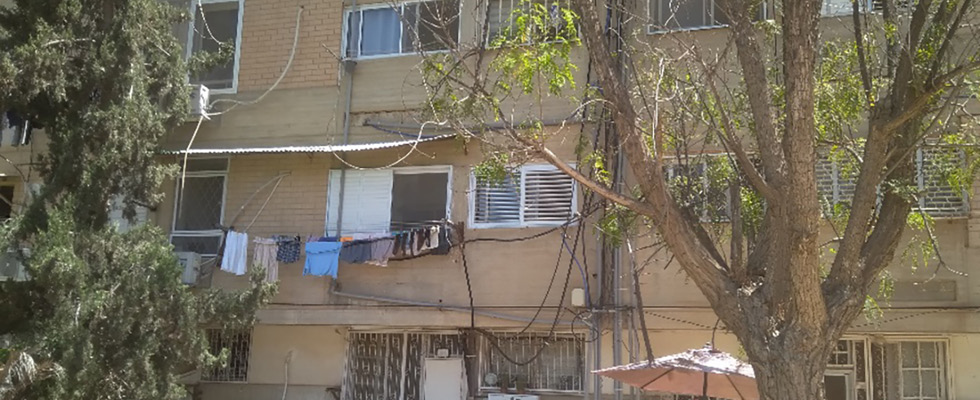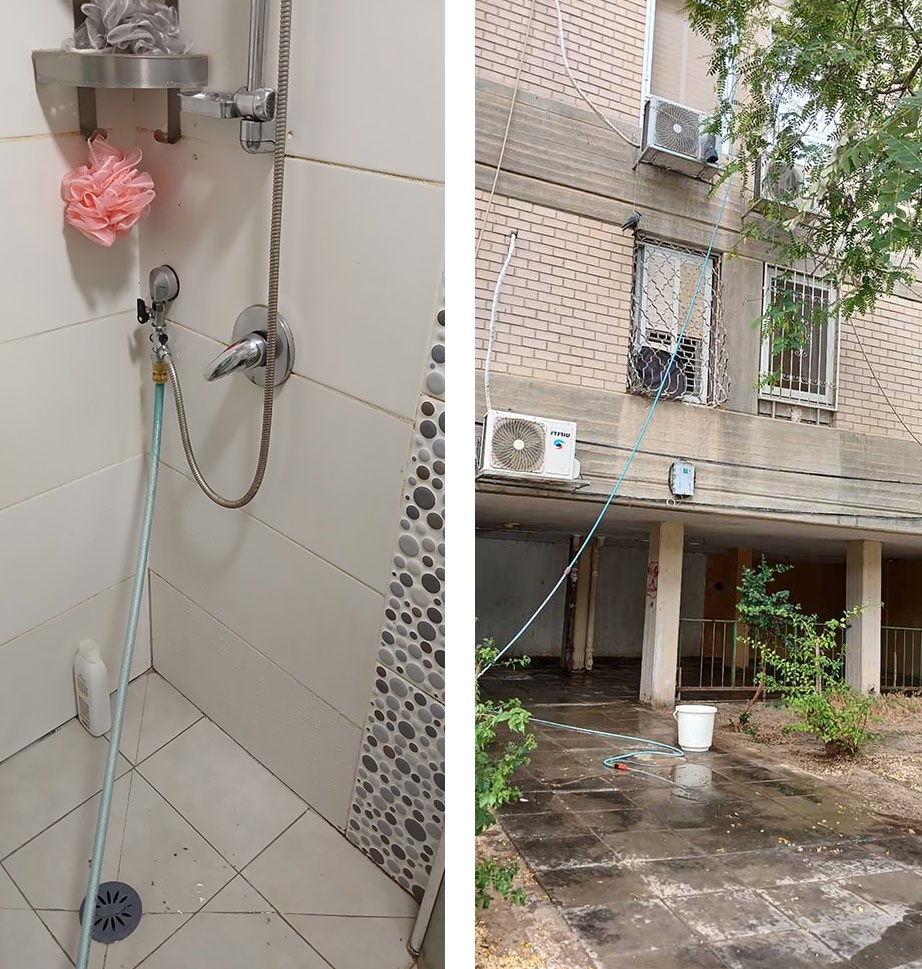
Most of my time over 40 years of working with pumps has been with industrial pumps in water and wastewater plants, refineries, power generation plants, paper mills, chemical plants, etc. But occasionally, in my free time, I have been asked by my friends or neighbors to look into issues with hydraulics in a much different world—their own homes. These have included cases such as vibrating pipes keeping neighbors awake or a drinking water pump on a private boat failing suddenly. When this happens, sometimes I am told, “Lev, you are a pump guy—fix it!” or something similar.
My latest adventure involved problems with watering a garden at an apartment complex. As is typically the case in domestic dramas, neighborhood politics “sweetened” the technical aspects. To be honest, I enjoy such occasional fun challenges—which bring immediate joy to folks with the application of some simple MacGyver methods—often even more than solving a problem for a boiler feed pump at a main power generation station.
A couple of references to such seat-of-the-pants cases are noted in this column. A recent challenge involved solving a problem for apartment building garden watering.
A four-story building with 32 apartments had a garden in front of it, with several trees and a line of bushes. When it was built nearly 50 years ago, an automatic watering system was installed and functioned well. After many years, as the building aged, the watering system became neglected and the garden started to decay, with bushes starved of water and starting to show signs of dying. Some of the owners started watering the garden manually from a 150-foot hose attached to a ground-level spigot in a service room. Through watering one to two times per week, the garden was saved.

However, as time went by, most of the owners left the area to more upscale neighborhoods and rented their apartments out to people who had very little interest in a garden, viewing their renting as relatively temporary. Thus, they had no interest in sharing in the cost of watering the garden. As is often the case in such communal living, no one cared to know how much it cost to water the garden. Emotions often rule over common sense in such cases.
With no other choice, one of the remaining owners—who could not stand to see the garden dying—decided to water it himself. However, since the water supply came from a common building meter (with the total watering cost divided equally by 32 apartments), other residents (renters) objected. Not easily defeated, the volunteering owner asked me to help with some troubleshooting to assess the actual usage of water. Our experiment was simple and crude but accurate enough to demonstrate that the usage of water for the garden was essentially negligible—approximately one dollar per apartment
per month.
Yet, for the renters, it did not matter. “I am not paying a dime for this useless garden” was their collective answer. The owner even offered to reimburse each apartment monthly for the cost of water, but even that was not accepted. “I do not want to even see a fee showing on my bill.”

The owner decided to hook up a hose to his own apartment water supply, thus absorbing the entire cost. Living on the third floor, it was a bit of a challenge to lift the hose up through his window, run up and down the steps, drop the hose down to street level and then disconnect it again after each 30-minute watering, twice per week. But he did not mind doing that (free exercise!), and the only problem he found was that the water flow was, for some reason, reduced in half from 2.5 gallons per minute (gpm) to 1.25 gpm. This is what he wanted Dr. Pump to help explain. And so, here is the situation:
Case 1
Watering from a 150-foot garden hose (3/8-inch opening) for 30 minutes, with a supply pressure of approximately 60 pounds per square inch of pressure (psig), the cost of water is approximately $1 per 100 gallons.
Case 2
Watering from the same hose attached to a third-floor shower room water spigot.
Quiz Question
Make a rough estimate of the cost of watering the garden in each case. Make any simplifying assumptions for your calculations. Hint: Shower room water is supplied from the same main water line via approximately 500 feet of pipe (assumed to be roughly the same diameter as a garden hose).
The best answer will get you free admission to our next Pump School class. Any questions, send me an email, and I will clarify as needed.
References
Nelik, L., and Goldenberg, L., “Pump Hydraulics Fundamentals: A Students’ View”, page 73, from Dr. Nelik’s book “Pumps and Pumping Systems Made Easy and Fun,” Volume 1, Amazon.
Nelik, L., Kazakov, D., Avrukh, L., et al, “Troubleshooting HVAC Pumping Systems, Part 1 and 2”, page 238, from Dr. Nelik’s book “Pumps and Pumping Systems Made Easy and Fun,” Volume 3, Amazon.

